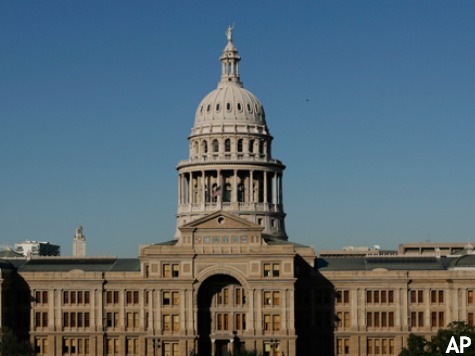There has been much said about Capital in the 21st Century, the recently published economics book by French economist Thomas Picketty who argues that rising income inequality was the primary cause of the Great Depression and Great Recession. Picketty’s solution to these travails is more government.
According to a recent commentary by Steve Moore and Richard Vedder, their comparison of state-level income inequality finds that there is a wider income gap in liberal states compared with conservative states. Evidence that more government is not the answer.
Liberal economists, like Joseph Stiglitz, agree with Picketty. The problem, according to liberals, is that too much money in the hands of a few “greedy” rich people will sit idly by going against their Keynesian view that money should be spent not saved.
A problem with this explanation is that money saved does not just sit idly by. Savings deposited in banks are used to lend to borrowers. Savings purchasing stocks are used to lend to companies. Both types of savings allow goods and capital to be purchased or workers to be hired.
Simply, some people prefer money later so they save today. Others prefer money today so they borrow and spend. Time preferences matter. Both savers and borrowers are needed in a well-functioning economy.
One of Picketty’s policy prescriptions is to raise marginal tax rates substantially, particularly on those that earn $250,000 or more to an astronomical 80 percent. Let that sink in. You work hard to live your American dream then the government says, “You only deserve to keep 20 cents of every dollar you earn above $250,000.”
Conservative economists, like Robert P. Murphy, find problems with Picketty’s historical facts, data analysis, and policy prescriptions. One concern with the prescription of redistributing income through higher marginal tax rates on the wealthy is the fact that the government does not have all available information making their reallocation of income inefficient and unfair.
Liberals like to tout the period from the mid-1940s to early 1970s as the Golden Age because of the low levels of income inequality. They like to argue this was from the high top marginal tax rates during this period, which the top tax rate reached 90 percent, but this is not the case. Instead, the low income gap was a result of high income earners finding it in their best interest to place their money in assets that they were not required to report as income, like municipal bonds. This allowed them to hide much of their income and skew income inequality down.
If raising tax rates or raising the minimum wage was a simple solution to equalizing incomes, then these policy prescriptions should work at the state-level as well. Our system of federalism provides a nice comparison of different state policies.
By comparing state-level data Moore and Vedder find the following: “Our state-by-state analysis finds that the more liberal states whose policies are supposed to promote fairness have a bigger gap between higher and lower incomes than do states that have more conservative, pro-growth policies.”
This contradicts the view by Picketty and liberals that states with relatively high tax rates or minimum wage should have lower income inequality. Moore and Vedder find that the top three places with the most unequal incomes are the District of Columbia, New York, and Connecticut, which all adhere to liberal policies. The most equal income states include Wyoming, Alaska, and New Hampshire that tend to prescribe conservative policies of low tax rates and minimum wage.
The evidence is even more pronounced when considering the two most closely related states regarding population and economy sizes but most different regarding their politics: Texas and California.
Texas’ lower level of income inequality and supplemental poverty rate compared with California indicate that the Texas model of low taxes and stable regulation are what drive economic growth and higher incomes for all. Individuals are also rewarded by these limited government policies in Texas with an unemployment rate of 5.2 percent compared with a 7.8 percent rate in California.
By comparing states with minimum wages above and below the $7.25 minimum wage, Moore and Vedder also find that those states with a higher minimum wage have substantially higher income inequality–and higher unemployment rates in most cases.
Clearly, more government intrusion through higher tax rates or a higher minimum wage is not the answer.
The debate over income inequality will likely rage on for years, decades, and longer. No one factor can cause all income inequality. Thus, no one factor–higher tax rates or minimum wage–can solve the problem. However, these types of liberal policy prescriptions can reduce economic opportunity and individual liberty.
By comparing state-level outcomes in our federalist system that allows states to be laboratories of competition, we can learn much. The overwhelming evidence continues to prove that less government is better for economic prosperity and individual liberty, and for reducing income inequality.
Vance Ginn, Ph.D., is Economist in the Center for Fiscal Policy at the Texas Public Policy Foundation, a non-profit, free-market research institute based in Austin. He may be reached at vginn@texaspolicy.com.

COMMENTS
Please let us know if you're having issues with commenting.